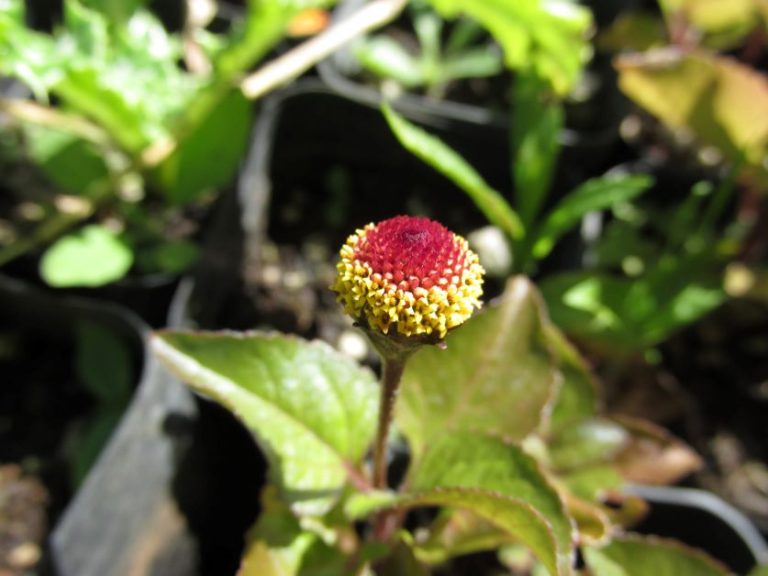Growing Okra in Florida
If you’re looking for a vegetable that can take the heat, look no further! Okra thrives during the Florida summer when most other crops are dead or dying.
Okra (Abelmoschus esculentus) originates from some of the hottest places on earth. Scientists have yet to agree, but okra comes from either West Africa, Ethiopia, or South Asia. Regardless, if okra can handle an African or South Asian summer it can surely handle a Florida summer, too.
Like its cousin Abelmoschus manihot, Okra is a member of the hibiscus family, which is evidenced by its beautiful blooms. Okra flowers are pale white to light yellow with a dark red center and are awesome for attracting pollinators to your garden.
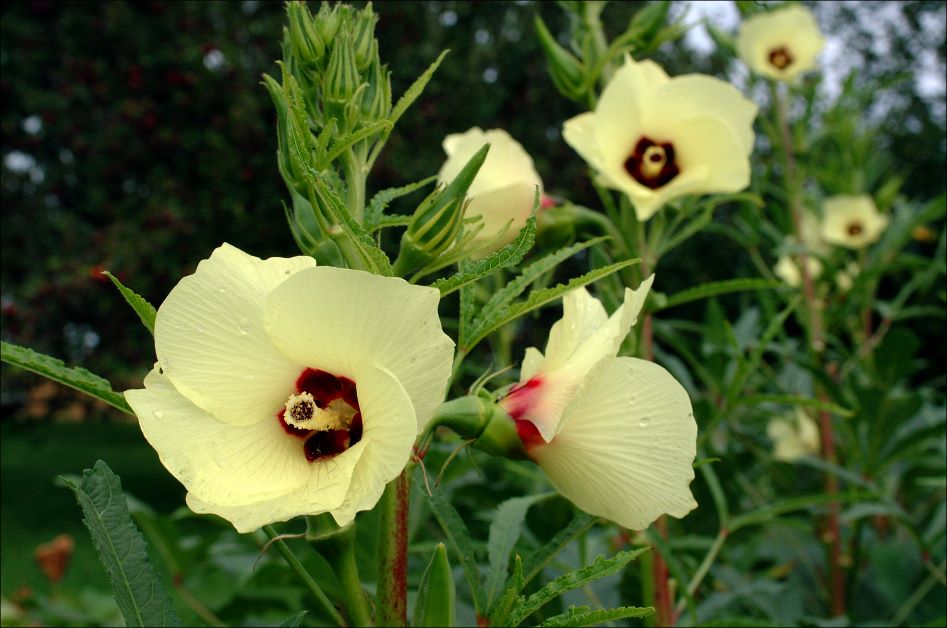
As long as you follow this guide, growing okra in Florida is exceptionally easy. It’s also a heavy producer, so be ready for boatloads of delicious okra over the summer. And yes…I know a lot of people don’t like okra, but I promise that there are ways to bring down the goo factor. Keep an open mind and I’ll share with you some tips to make your okra less slimy.
Types of Okra
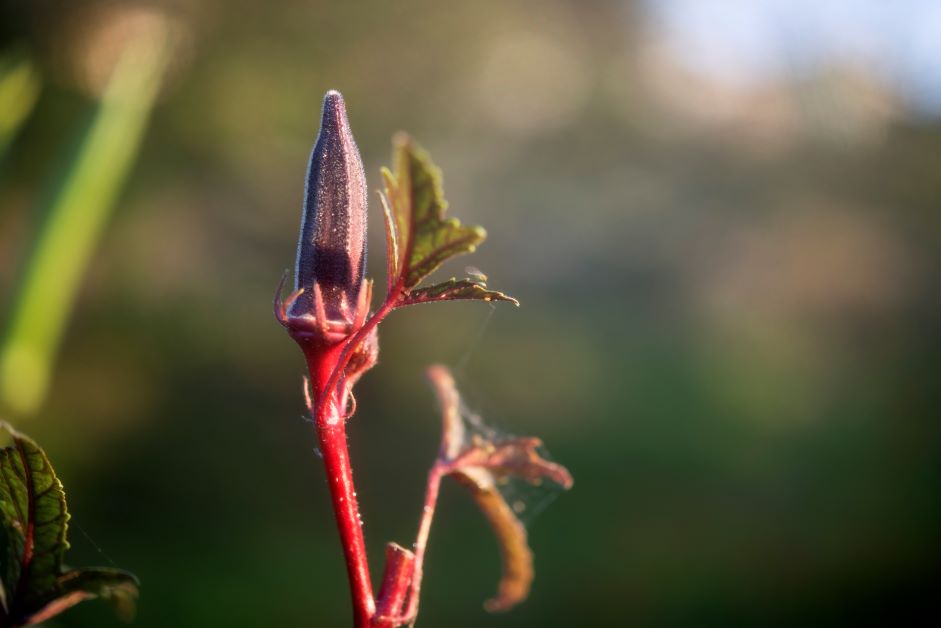
There are 2 main types of okra: red and green. These colors don’t refer to the flowers but to the okra pods themselves. Flavor-wise, red and green okra taste very similar if not the same, although some claim that red is more tender. Red okra also loses its deep color and turns green when cooked.
There are tons of different heirloom okra varieties out there, each with its own distinctive features. Some produce long, skinny pods while others have pods that are short and fat. Other varieties are renowned for their large harvests, and some even produce pods that are shaped like a star.
Popular Red Okra Varieties
- Red Velvet
- Burgundy
- Jing Orange
- Bowling Red
Popular Green Okra Varieties
- Clemson Spineless
- Perkins Long Pod
- Heavy Hitter
- Star of David
When to Plant Okra in Florida
One of the biggest mistakes people make when growing okra is planting it when the weather is still too cool. I can’t stress this enough: okra LOVES extreme heat and high humidity. Always wait at least 2 weeks after the last frost before planting your okra outside. North and Central Floridians need to keep an especially close eye on nighttime and morning temperatures to time it right.
[table id=13 /]
How to Plant Okra Seeds
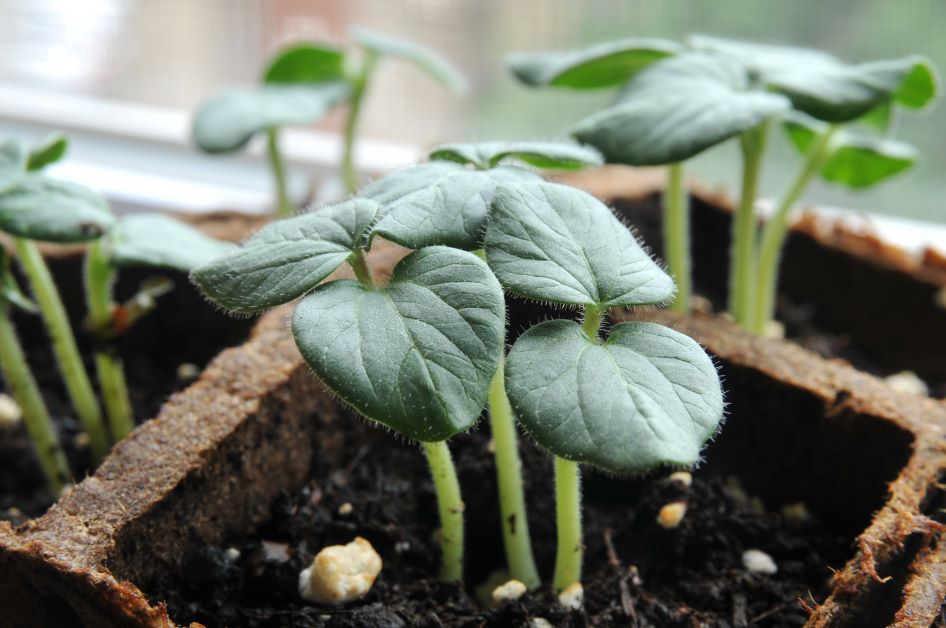
Starting Indoors
If you live above USDA zone 9A, then you should start your okra indoors about 4-6 weeks before the last frost.
To start your seeds indoors:
- Amend your soil with Black Kow or oak leaf compost 2 weeks before planting.
- Optional – soak your okra seeds overnight in water. This will soften the tough shell around the seeds and will help your seeds germinate faster.
- Fill your peat pots with a high-quality potting mix. Using peat pots is best when planting okra because they have sensitive roots.
- Plant one okra seed per peat pot about ½ inch deep.
- Water your seeds and keep the soil moist but not soggy.
- Keep your pots in a warm, sunny location that stays 75F or higher.
- Seeds will germinate in 6-18 days.
- Plant your peat pots outside and water them in. Wait at least 2 weeks after the last frost and when the soil is consistently 65F-75F.
Direct Sow
Gardeners in USDA zones 9B and below can direct sow their seeds once all danger of frost has passed and the soil is consistently 65F-75F.
To direct sow:
- Follow steps 1 and 2 from the instructions above.
- Plant your seeds ½ to 1 inch deep, keeping each seed 12 to 18 inches apart in rows that are 3 to 4 feet apart.
- Water your seeds and keep the soil moist but not soggy.
- Seeds will germinate in 6-18 days.
Okra Growing Conditions

Temperature
Okra will suffer if it’s below 65F, so make sure it’s at least 65F during the night and 75F+ during the day. It even thrives in temperatures above 95F so the hotter it is, the better.
Light
Okra is a full sun plant and needs at least 6 (ideally 8+) hours of sunshine a day.
Water
Since okra thrives in extremely hot weather, it’s fairly drought-tolerant. 1 inch of water per week is usually enough, but you may need to water more often if the weather is very hot and dry. If your okra leaves look wilted and limp, give them a little more water. You can also mulch your okra with pine straw to help retain soil moisture.
Okra doesn’t like to have wet feet, so be careful not to overwater.
Soil
As long as it’s well-draining, okra isn’t picky about its soil, but fertile sandy/loamy is best. More importantly, the soil needs to be warm and at least 65F.
Okra also prefers slightly acidic soil with a pH between 6.5 and 7.0. Use a meter to check your pH before planting.
Spacing
Okra is a big, towering plant that can grow to 8 feet tall. It’s important to space your okra plants 12 to 18 inches apart in rows that are 3 to 4 feet apart. Overcrowding your okra will impede airflow and encourage the growth of fungal disease.
Okra also tends to block out the sun for anything growing underneath it. If you practice permaculture, only plant small, low-lying, shade-tolerant species around okra.
Fertilizer
Using fertilizer with too much nitrogen will make your okra produce more greens and fewer flowers and pods. When your okra is established, feed it organic 5-10-10 fertilizer once a month.
Pruning
Pruning is optional with okra, but topping your plants when they’re 6 feet tall can help encourage branching and flowering. Also, remove old leaves from the lower part of your plant as it grows to help improve airflow.
When to Harvest Okra

Okra takes 50 to 65 days to go from seed to harvest and the pods grow quickly. Once you see the pod is formed, keep a close eye on it and be ready to pick in 1 to 2 days. With most varieties of okra, you should harvest your pods when they’re 1 to 2 inches long. If you let your okra pods get too big, they get tough and woody.
When harvesting okra, use a clean pair of sharp scissors and cut the pod from the plant at the bottom of its stem. Don’t try to rip the pod off by hand or you’ll damage your plant. Okra pods also have tiny, hair-like spines which can cause skin irritation for those that are sensitive, so you may want to wear gardening gloves. These tiny spines soften after cooking and are harmless to eat.
Are Okra Leaves Edible?
Yes! Every part of the okra plant is edible: flowers, leaves, and seeds. Okra leaves are delicious cooked or raw. I like to sauté okra greens as a spinach substitute and eat them with salt, pepper, and butter. Okra greens are also good to bulk up a salad.
Can You Grow Okra Indoors?
While I’ve seen a few intrepid gardeners online grow okra indoors using a ton of space and a grow light set-up, I wouldn’t recommend growing this one indoors. Okra plants get huge and need a lot of heat and sunshine.
Okra Troubleshooting
Pests
Ants and Aphids

Since they have a symbiotic relationship, ants and aphids almost always go hand in hand. If you notice a lot of ants around your okra, aphids soon will follow. Always nip an ant infestation in the bud as soon as you notice it, and check the undersides of your leaves for aphids at least every other day. It’s important to catch an aphid infestation early – they reproduce quickly and a small problem can turn into a big problem almost overnight.
Check out my ultimate aphid guide and my article on how to get rid of ants with borax and sugar for more information.
Root-Knot Nematodes
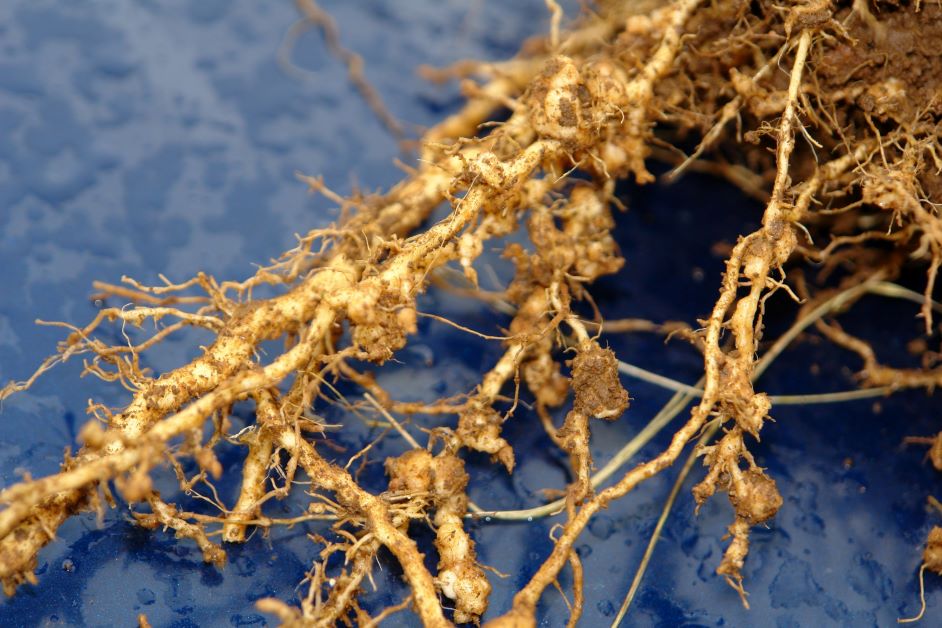
One of the worst pests to have in the garden are root-knot nematodes. Root-knot nematodes are microscopic worms that feed on the roots of your plants. Because they live and feed underground, it’s hard to know if you have a nematode problem until it’s too late. Some signs of a root-knot nematode infestation are wilting plants with malformed fruit for no obvious reason. It may look like your plant needs water because the leaves are limp, but giving it more water doesn’t help. If your plant looks sickly even though you’re following care instructions and you don’t see any pests, then you may have root-knot nematodes.
The only way to confirm a root-knot nematode problem is to rip up your plant and inspect its roots. If you see small, lumpy, ball-like growths, then you have root-knot nematodes.
Root-knot nematodes are hard to get rid of. There are some chemical treatments available, but they’re expensive and don’t always work. If the problem gets bad enough, you may need to solarize your soil. This is a scorched earth approach and requires that you destroy all of your crops.
Practicing crop rotation is a good way to prevent root-knot nematodes. Never plant okra in the same spot season after season. Although many vegetable plants are targets for root-knot nematodes, okra is especially susceptible.
Disease
Powdery Mildew

Okra is a summer staple in the deep south. This means it loves a lot of humidity. Whenever you grow in high humidity, powdery mildew can become a problem. Letting foliage stay wet for too long is also a sure-fire way to contract this fungal disease.
If you see what looks like a dusting of white powder on your okra leaves, then you have powdery mildew.
You can use copper fungicide to help prevent fungal disease, but it isn’t very effective if your plant is already suffering. The best way to fight powdery mildew is to prevent it in the first place.
Some ways to prevent powdery mildew include:
- Watering your plants at the base and not from overhead. Use a water wand or drip irrigation to help.
- Pruning excessive foliage to improve airflow.
- Spacing your plants appropriately to give them room to dry out.
- Making sure your okra gets enough sun.
Is It Aphid Honeydew or is it Okra Sap?

If you’ve ever battled aphids, then you know that a tell-tale sign of an infestation is honeydew.
As a refresher, aphids feed by piercing the leaves of your plant to suck out nutrients. Afterward, they excrete small, clear globes of sticky liquid called honeydew.
If you notice these clear, sticky globes all over your okra, you may automatically think you have aphids. This isn’t always the case. Sometimes an okra plant will produce sap, and okra sap looks a lot like honeydew (and some say slug eggs). Okra sap is a sign of a happy, healthy plant. It attracts beneficial bacteria and helps protect your okra from disease and the effects of drought.
If you see clear globes of liquid on your okra, check for aphids or signs of slugs. If you find neither, then congratulations: what you’re looking at is probably sap. That means you’re doing a great job taking care of your okra.
How to Make Okra Less Slimy

A lot of people think they don’t like okra because they’ve only had it in gumbo and soup. Personally, I love okra in all its forms but I will admit that when it’s prepared this way, it’s slimy.
If you fry or bake okra instead of boiling it, it isn’t slimy at all. Instead, you’ll get a tasty vegetable with an interesting, pleasant texture from the little seeds inside. All of the recipes below will give you delicious okra minus the sliminess:
- Air-fried okra fries
- Pan-fried okra
- Deep-fried southern style okra
- Oven-roasted okra
- Baked okra chips
What Other Vegetables Grow During the Florida Summer?
There are a few other vegetables and greens that do just as well as okra in the Florida summer. Check them out to have a super summer garden this season.
Featured Image Credit: RobinzRabbit







